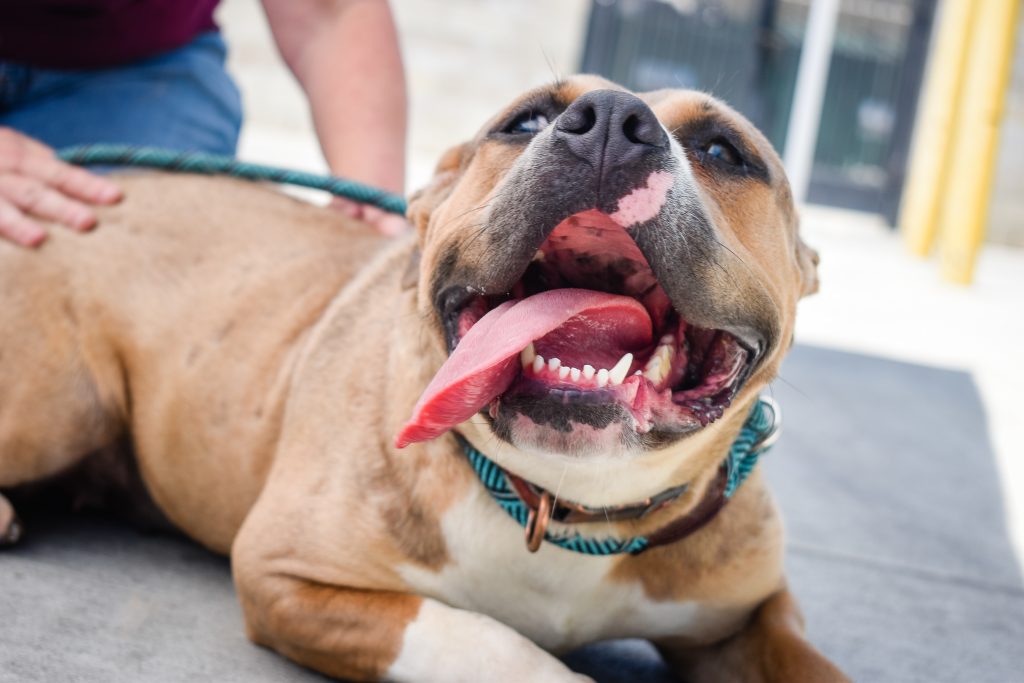
How Long Does it Take for a Rescue Dog to Adjust?
So, you’ve adopted a new dog from a rescue shelter, prepared your home for his arrival with a dog house, food, & toys, and now the day has come. You pick up the pup from the shelter, drive him home, and he’s not the same. Your rescue dog is hiding, not eating, or has other behavior problems. Don’t worry; this is common. Here are some things you can do to help your new dog adjust and you’ll soon see signs that your rescue is adjusting.

Your First Week with a Rescue Dog
The first week after bringing home your rescue dog will be the most chaotic, especially within the first three days. Dogs feel overwhelmed anytime they are introduced to new surroundings. This means your dog might hide, avoid eating, and act out because of the stress. Their reason behind getting into trouble will be to test your boundaries. Be firm but gentle in scolding your dog. There are a few things you can do to reduce his stress during these vital first few days.
When you first arrive home, do not rush inside with your dog. Instead, walk him around your whole property. Let him take in the new smells, start to understand your property limits, and mark his territory. Then, you can move your dog inside to become accustomed to your home. For the first week, it’s a good idea to limit his access to a smaller section of your house. It’s also best to keep visitors away during this time. Doing both will reduce the chances of your pup feeling overwhelmed. Finally, start a routine immediately and adhere to it religiously. This includes waking up, going to bed, feeding your dog, and bathroom time. Dogs are habitual animals and forming these habits right away (especially potty training!) is invaluable.
3-3-3 Rule for Rescue Dogs
A popular term for how dogs adjust to their new homes is the 3-3-3 Rule (3 days, 3 weeks, 3 months). In the first 3 days, your rescue dog will exhibit many of the behaviors mentioned above. They hide, refuse to eat, and push boundaries. It’s important to be firm in setting boundaries and a schedule in these first days. After about 3 weeks, your rescue dog is a bit more comfortable. He understands some rules and has gotten into a routine. At this point, some late blooming behavior issues may arise. This is your time to demonstrate authority and fully train your dog. After about 3 months, your rescue dog will be fully adjusted to his new home. He is comfortable, expresses his true personality, has built trust with you, and understands the power dynamic between you.

How to Bond with your Rescue Dog
As mentioned above, it can take several weeks to bond with your new rescue dog. You might not understand the situation your pup came from and how that affects his relationship with humans. There are 6 things you can do every day to build a stronger bond by the time your dog is fully adjusted to his new home.
First, give him plenty of high-quality treats – both to coax him to you and to reward good behavior, like going to the bathroom outside. Spend plenty of time petting and cuddling your new dog. Rubbing, scratching, and cuddling releases serotonin in your dog, creating a bond. If he’s too afraid to cuddle, at least spend time in the same room watching TV or relaxing some other way. On a related note, grooming is another way to bond with your rescue dog. Brushing, combing, and bathing all similarly release serotonin as petting does.
More active ways to bond with your rescue dog include exercise. Taking your dog on a daily walk burns off nervous energy and helps you to establish who is in charge of your relationship. Playing fetch or other games will also burn energy and help your dog relax around you so you can bond during down time. Finally, you should train your dog – not just basic obedience training but also in tricks. Training is a great way to establish dominance, provide treats, and engage your dog’s mind. If you are experiencing slight behavioral issues, remember that this is normal for the first few weeks. If you are experiencing some complex and serious behavioral issues after the first month, however, it may be time to contact a professional trainer.
Prepare Your Home for a New Dog Today
If you’re preparing your home for a new dog soon, don’t miss out on an important upgrade to your house – a dog house. Residential kennels are a great way to set boundaries with a new dog and give him a comfortable place to stay outside. Order one today!